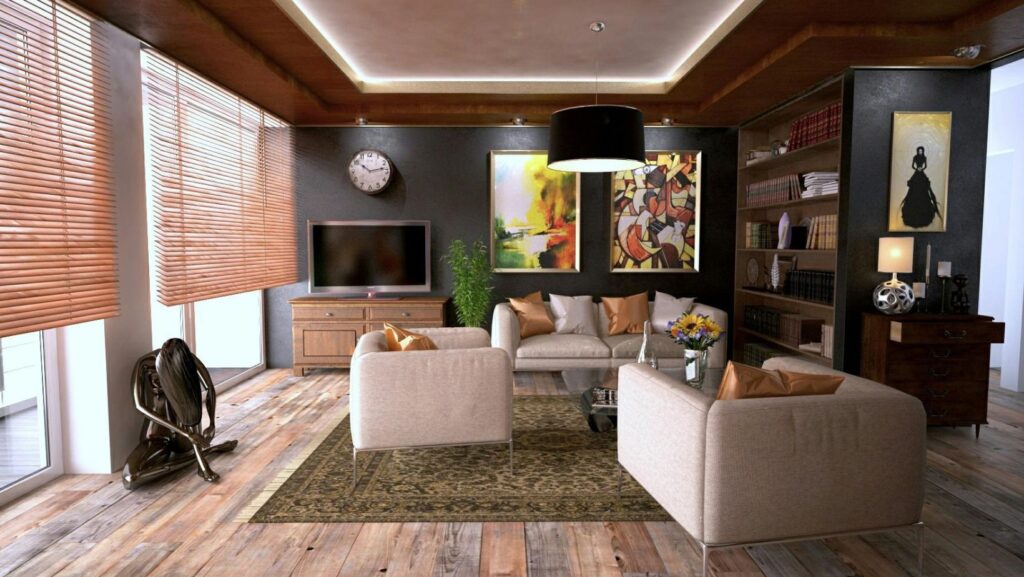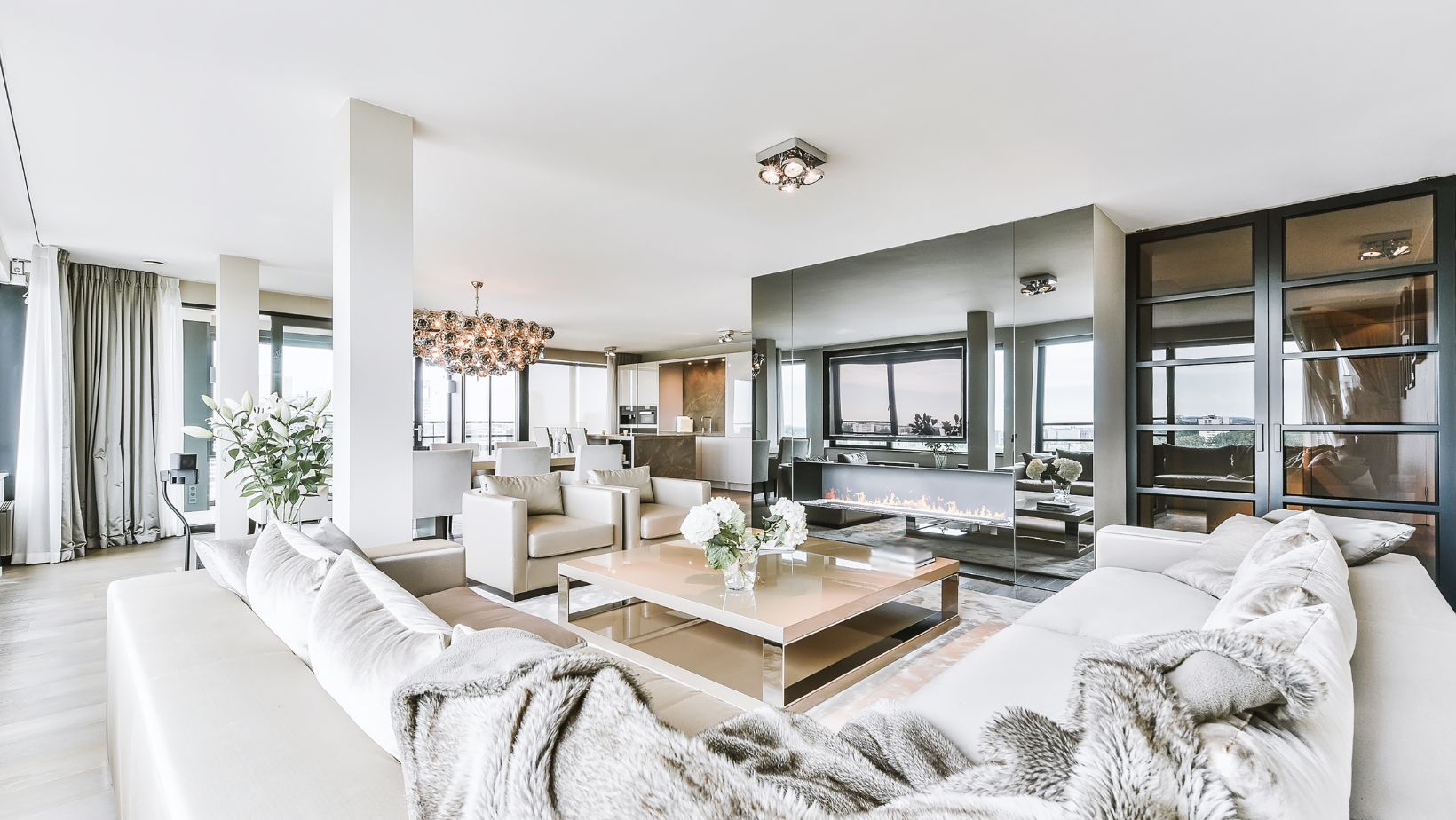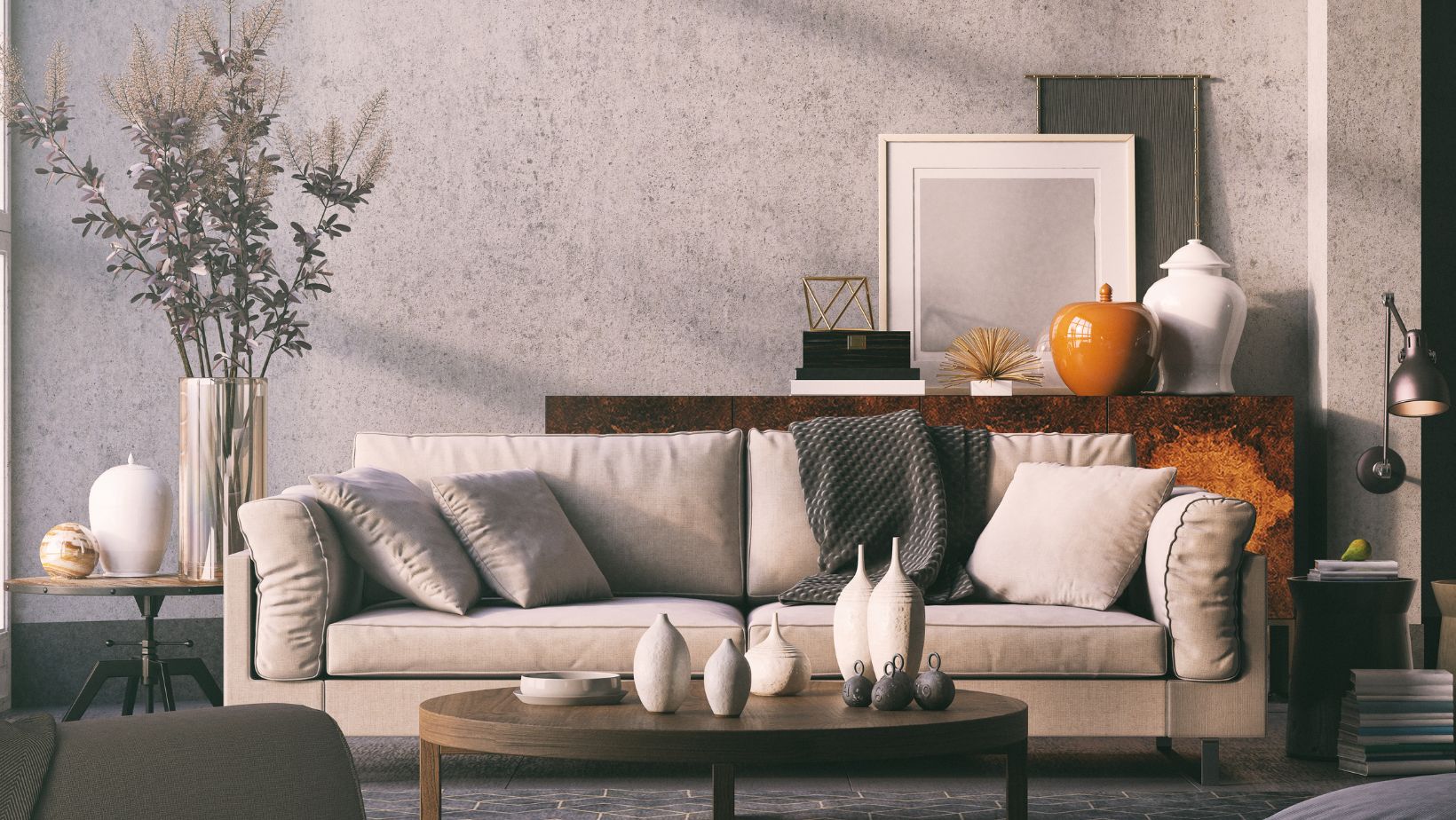The concept of a modern home goes beyond just aesthetics. While clean lines, open floor plans, and expansive windows are certainly hallmarks of the style, modern architecture delves deeper, shaping the very way we experience our living spaces. From maximizing functionality to fostering a connection with the environment, architecture plays a pivotal role in crafting a home that reflects our contemporary needs and aspirations.
It’s crucial to understand the core principles that guide modern architecture for your home design to truly embody the spirit of modern living. These principles transcend mere trends, laying the groundwork for spaces that are not only beautiful but also responsive to the way we live.
Function Dictates Form: A Guiding Principle
Modern architecture champions the philosophy of “form follows function.” This means that the design of a house is fundamentally driven by its intended use. Gone are the days of elaborate ornamentation and compartmentalized spaces.
Modern homes prioritize practicality, ensuring a seamless flow between living areas and optimizing the use of space. Open floor plans, for example, create a sense of spaciousness and togetherness, perfect for modern families who crave a more interactive living experience.
Embracing Natural Light and the Outdoors
Modern architecture fosters a connection with the natural world. Large windows and strategically placed skylights bathe the interior in natural light, creating a sense of openness and reducing reliance on artificial lighting. This focus on natural light extends beyond mere aesthetics. Studies have shown that exposure to sunlight has a positive impact on our well-being, boosting our mood and energy levels.
Additionally, modern homes often blur the lines between indoor and outdoor spaces, incorporating elements like expansive decks, terraces, and courtyards that encourage residents to connect with nature. Imagine stepping out of your bedroom onto a private balcony bathed in morning sunlight, or hosting a summer dinner party on a seamlessly connected deck overlooking your backyard.
Sustainable Materials and Practices
Modern architecture prioritizes environmental consciousness. Architects today are increasingly turning to sustainable materials and construction practices. Recycled content, locally sourced wood, and energy-efficient appliances are all becoming commonplace. This focus on sustainability extends beyond the materials used.
Modern designs often incorporate passive heating and cooling techniques, taking advantage of natural ventilation and sunlight to minimize reliance on conventional energy sources. For example, strategically placed windows can capture cooling summer breezes, while south-facing windows can maximize passive solar heat gain in the winter.
Technological Integration: A Seamless Blend
Modern life is intertwined with technology, and modern architecture reflects this. Homes are being designed to seamlessly integrate smart technology features, from automated lighting systems to voice-controlled thermostats. These features not only enhance convenience but also contribute to energy efficiency and overall comfort.
Imagine effortlessly adjusting the lighting in your living room with a simple voice command or programming your thermostat to adjust automatically based on your occupancy. However, it’s important to remember that technology should serve the needs of the residents, not the other way around.
Modern architecture ensures that technological integration is thoughtful and unobtrusive, complementing the overall design aesthetic. A truly modern home strikes a balance between embracing the latest advancements and prioritizing a design that feels warm, inviting, and inherently human-centered.
A Canvas for Personal Expression
While modern architecture has its core principles, it’s not a rigid, one-size-fits-all approach. The beauty of modern design lies in its flexibility.
Architects collaborate with homeowners to understand their unique needs and preferences, tailoring the design to reflect their individual style. Modern homes can be minimalist havens or vibrant expressions of personality. Consider a couple who loves to cook – their modern home design might incorporate a chef’s kitchen with high-end appliances and ample counter space.
On the other hand, an art collector might prioritize a home with expansive walls to showcase their collection and create a gallery-like atmosphere. The key lies in striking a balance between the core tenets of modern architecture and the homeowner’s vision. A skilled architect can help translate these desires into a cohesive and visually stunning design.
In conclusion, modern architecture is more than just a design trend. It’s a thoughtful approach to creating homes that are functional, sustainable, and reflective of our contemporary lives. By embracing the core principles of modern architecture – a focus on functionality, natural light, sustainable practices, and technological integration – homeowners can create spaces that are not only beautiful but also enhance their well-being and foster a connection with the world around them.




More Stories
Transform Your Yard with Artificial Grass Landscaping
6 Practical Ways Healthy Habits Can Transform Your Home and Life
How to Pick the Ideal Outdoor Sauna Kit for Your Yard